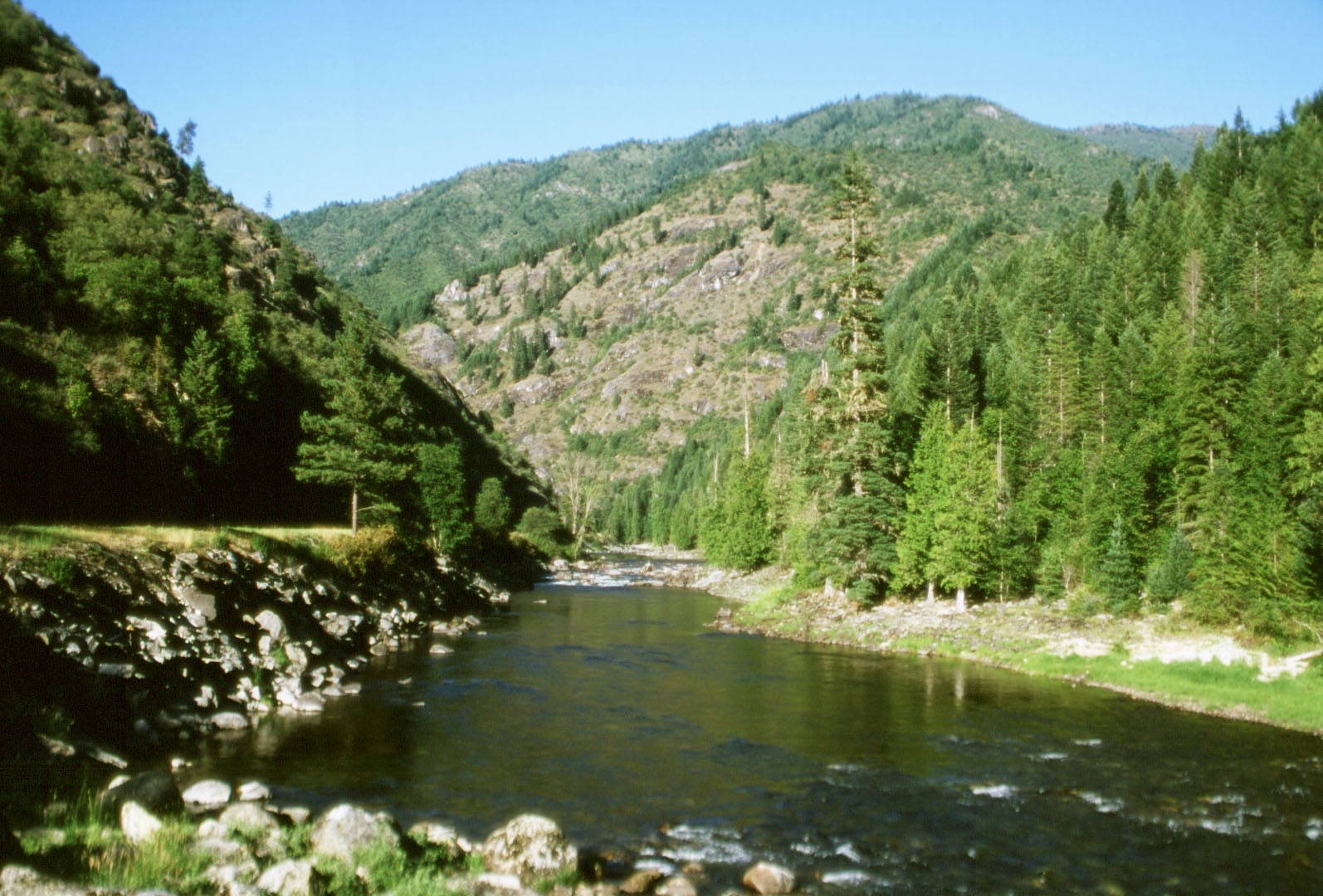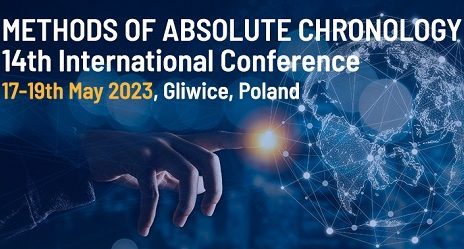miDose Solutions at LED2023!

We are pleased to announce an intriguing revelation! miDose Solutions will be participating in the 17th International Luminescence and Electron Spin Resonance Dating conference, also known as LED 2023. The conference is scheduled to take place from June 26th to June 30th, 2023, in Copenhagen, Denmark.
We are thrilled to have the opportunity to showcase our latest innovations and network with other experts in the field. The conference will cover a wide range of topics related to luminescence and electron spin resonance dating, including applications in geology, archaeology, and environmental science.
At miDose Solutions, we are committed to providing our customers with the most accurate and reliable environmental radionuclide and dose rate measuring systems. We are excited to share our knowledge and expertise with the attendees at LED 2023. Along with showcasing our latest innovations, we are eager to learn from other experts in the field and discover new ways to advance the science of luminescence dosimetry.
Furthermore, an air of mystery surrounds our presence at LED 2023, as we prepare to unveil a new product at the conference. This remarkable creation, shrouded in secrecy, holds the potential to improve dose rate measurements for luminescence dating. Stay tuned!
We invite all the attendees to visit our booth and learn more about our products and services. We are looking forward to meeting you in Copenhagen and discussing how we can support your research and scientific endeavors. See you soon!









